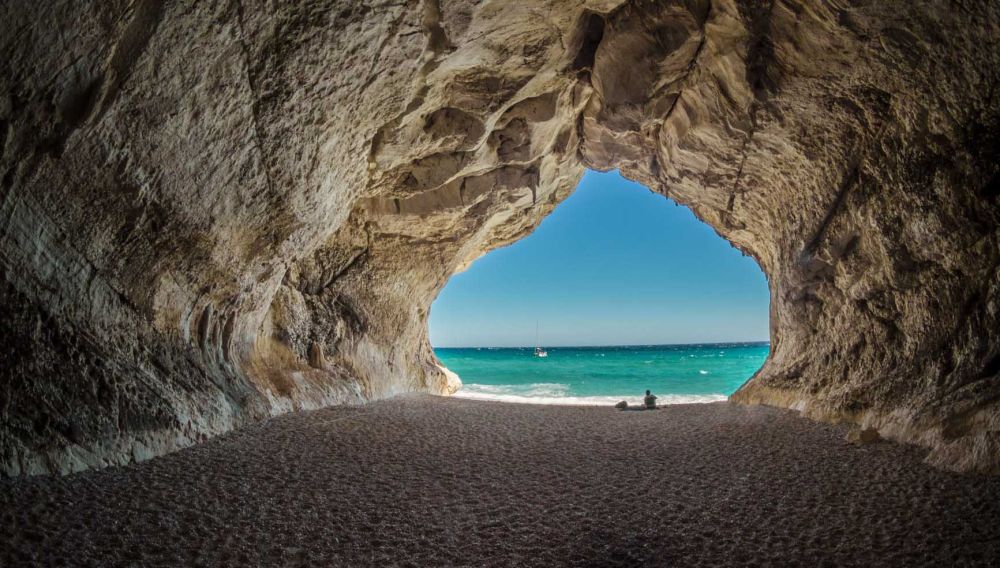

The Andaman and Nicobar Islands, an Indian archipelago in the Bay of Bengal, present a picturesque ensemble of natural beauty, and among their many attractions, the Limestone Caves of Baratang Island stand out as a marvel. These caves are primarily sedimentary rock formations and have been formed over millions of years. The complex network of caves is a spectacular sight, showcasing impressive stalactites and stalagmites formations.
The history of tourism in the Andaman and Nicobar Islands begins largely post the 20th century, as it was only after the 1950s and 1960s that these islands were slowly opened up for tourism, including the mysterious and alluring Limestone Caves on Baratang Island. During the colonial era, the archipelago was infamous for the penal colony known as "Kala Pani" and was not considered a tourist spot. However, following India’s independence, the natural beauty of the islands began to draw attention from tourists around the world.
Over the years, as infrastructure developed and more areas became accessible, the number of visitors to these islands rose significantly. The Limestone Caves of Baratang Island became one of the 'must-see' attractions because of their unique geological formations and the thrilling journey to reach them, which involves a beautiful boat ride through Mangrove-covered creeks.
To visit the Limestone Caves, tourists must first travel to Baratang Island from Port Blair. This journey can involve road travel and often requires a convoy due to the dense forest and tribal reserves along the way. Upon reaching Baratang, visitors embark on a boat ride through narrow mangrove creeks, which is a thrilling experience in itself, leading them to the entry point of the caves.
Recent trends have seen a surge in ecotourism and sustainable travel, with tourists increasingly seeking experiences that are environmentally friendly and respectful of local cultures. The Andaman and Nicobar Islands administration has been working to ensure that tourism development, including that of the Limestone Caves, does not compromise the natural environment or the well-being of native tribes.
Additionally, with the rise of social media, many travelers are now more aware of these caves and the unique photo opportunities they offer. Many visitors come prepared with waterproof cameras and appropriate footwear to navigate the often slippery cave floors as they explore this natural wonder.
It’s imperative to mention that while tourism provides economic benefits, it also comes with responsibilities. Visitors to the Limestone Caves and the surrounding areas are encouraged to maintain the utmost respect for the environment. This includes not leaving behind waste, not disturbing the wildlife, and following all guidelines set forth by local authorities to preserve the delicate ecosystem of Baratang Island.
The beauty of the Limestone Caves in Baratang Island, Andaman and Nicobar, continues to be a significant draw for tourists in India. With their rich history and mesmerizing formations, it’s clear that these natural wonders will continue to enchant travelers for generations to come.